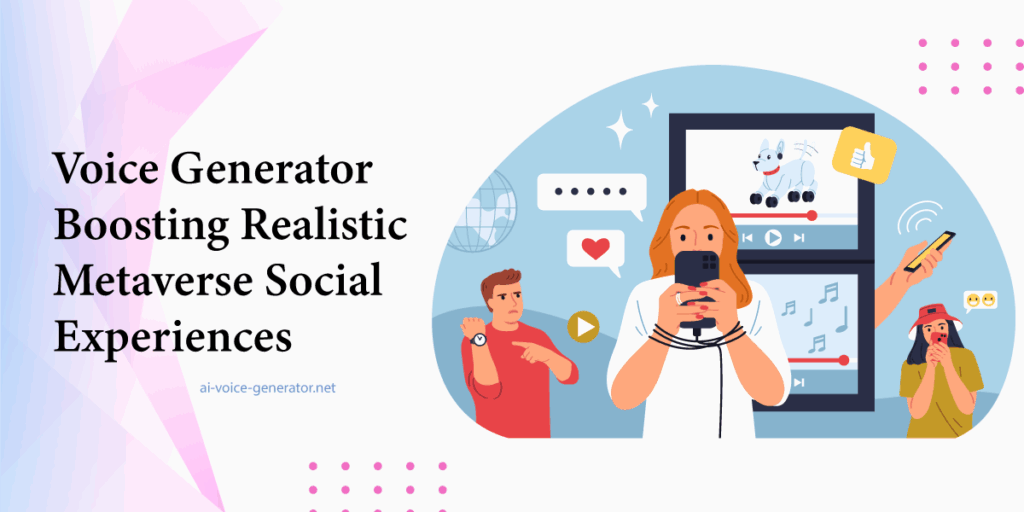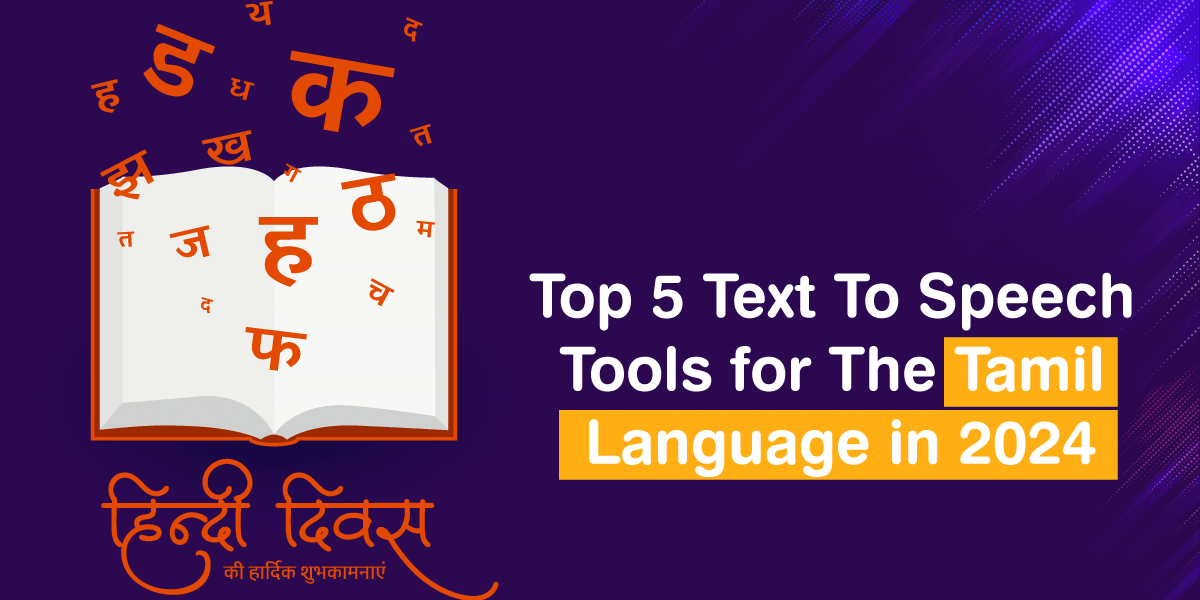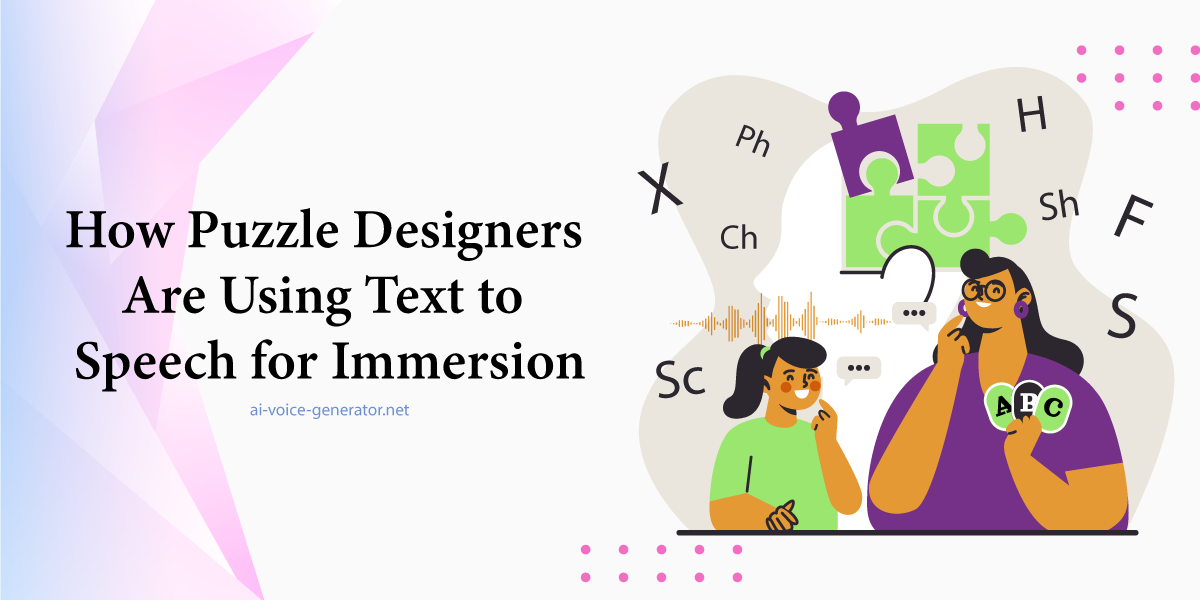
Voice Generator Boosting Realistic Metaverse Social Experiences
The metaverse is no longer a distant vision—it’s fast becoming a digital reality where people meet, socialize, and build entire lives in immersive virtual spaces. While visual fidelity and interaction design have advanced, it’s Metaverse voice generation that’s becoming the glue for authentic, human-like experiences. Voices in these virtual realms are no longer robotic or awkward. They’re evolving into nuanced, responsive, and deeply personal expressions of one’s digital identity.
As social metaverse platforms surge in popularity, natural-sounding voice communication is gaining precedence over typed chat. It’s not just about what avatars look like anymore—it’s about how they sound, express emotion, and adapt to diverse interactions. The intersection of AI and voice tech has ushered in a transformative era for virtual communication.
One of the key enablers of this revolution is AI avatar voice customization, which allows users to fine-tune the tone, pitch, language, and emotional expression of their digital selves. This level of control is empowering users to represent themselves more authentically in social VR environments.
The Shift from Text to Talk in the Metaverse
Early versions of metaverse platforms relied heavily on chat boxes and preset animations. However, users increasingly craved genuine, spoken interaction that could replicate the dynamics of real-world conversation. That demand gave rise to immersive voice AI, capable of blending context awareness with natural vocal patterns.
In modern metaverse experiences, simply sounding human isn’t enough. Voice AI must be reactive, adaptive, and emotionally intelligent. It must respond in real time to changing scenarios—whether in a collaborative workspace or during a virtual social gathering. This realism is crucial in sustaining engagement and deepening immersion.
Another important development has been multilingual metaverse communication, which has made global interaction more inclusive. Whether users are from Tokyo, Berlin, or São Paulo, they can converse naturally in their native language while the platform handles translation and voice delivery with near-perfect fluency.
AI Voice Customization: From Novelty to Necessity
In the past, voice mods were considered add-ons. Today, they are integral to digital identity. AI avatar voice customization allows users to create unique vocal signatures that align with their chosen avatar’s aesthetics, personality, or cultural background. This ability is particularly relevant for creators, gamers, educators, and influencers who want to make a lasting impression.
Customization can range from slight pitch alterations to complete gender shifts or the addition of regional dialects. These voices aren’t just programmable—they’re emotionally resonant, reflecting a user’s mood or character persona in real-time. The flexibility of such tools has made them a favorite among developers building community-driven virtual spaces.
Emotional Expression Through AI Voice
The integration of emotional AI voices has taken expression to new heights. A flat, emotionless voice can break immersion, but voices that dynamically adjust tone, cadence, and intensity according to context offer a more organic experience. For instance, an AI-driven character can express excitement during gameplay, show empathy in therapeutic settings, or maintain calm in educational simulations.
These emotional layers are enabled by deep learning models trained on massive datasets of human speech. By analyzing the subtle changes in stress, pause, and intonation, these models generate voices that feel alive, emotionally responsive, and believable. This subtlety makes emotional AI not just a technical advancement, but a storytelling asset.
The Future Is Real-Time: Synthesis on the Fly
In high-speed environments like gaming or collaborative workspaces, delays ruin immersion. That’s why real-time voice synthesis for avatars is now a baseline expectation. Users expect their avatars to speak instantly, mirroring live speech without lag.
Such real-time capabilities are made possible through cutting-edge neural network architectures and optimized inference engines that can process text, emotion, and intonation in milliseconds. When users type or speak input, these systems convert it instantly into expressive, spoken output, making conversations feel fluid and uninterrupted.
This leap in processing speed is what separates amateurish metaverse experiences from polished, next-gen virtual worlds.
Making Voices Dynamic and Adaptive
One of the most promising areas in voice AI is dynamic voice modulation AI. Rather than having a static voice for every scenario, avatars now adjust their vocal expression depending on mood, setting, or the listener’s cues. Imagine a virtual assistant that switches to a soothing tone during meditation or an animated tone during a game tutorial.
Dynamic modulation enhances realism by simulating the subtle variations found in human interactions. It’s also useful for long-form interactions, such as workshops, interviews, or roleplay, where one consistent tone could feel monotonous.
When avatars shift their vocal tones dynamically, the result is an uncanny sense of presence. People begin to treat these characters not as artificial constructs but as emotionally aware counterparts.
Tools That Are Changing the Game
Several tools are leading the charge in providing realistic voices in metaverse applications. Among them, AI Voice Generator is gaining traction for its ease of use, natural sound output, and adaptability across different platforms. Whether you’re building a voice for a gaming avatar or developing customer-facing AI agents in the metaverse, this tool helps bridge the gap between functionality and flair.
By integrating such tools, developers can eliminate robotic-sounding voices and replace them with smooth, natural expressions that elevate user trust and platform credibility.
Social Tools Reinvented with Voice AI
The arrival of next-gen social VR tools is further blurring the lines between virtual and physical interaction. In these environments, voice is no longer just a functional feature—it’s the core method of bonding, collaborating, and playing.
These tools often come with ambient sound layers, echo realism, spatialized audio, and cross-platform support. Together, they amplify the voice experience in real-time, making conversations feel like they’re happening across a table or in the same room. The effectiveness of these tools largely depends on the quality and adaptability of the integrated voice generator.
Voices That Belong to Virtual Worlds
In increasingly complex digital spaces, AI voice for virtual worlds is playing a foundational role in how users perceive and interact with their surroundings. From guided tours in digital museums to NPC dialogues in metaverse RPGs, AI voices are enriching every possible corner.
These voices don’t just support speech—they guide, narrate, entertain, and educate. As developers push to expand the use of AI in these ecosystems, voice becomes the differentiator between immersive and ordinary.
Moreover, AI-generated voices can be stylized for fantasy, sci-fi, or futuristic settings, allowing for endless creativity. Whether your character is a medieval bard or an alien general, AI can voice them with contextual flair.
Enhancing Social Communication with Chat Voice Bots
Metaverse chat voice bots are quietly revolutionizing background interactions. From moderating chats to providing real-time assistance, these bots speak naturally and blend into the environment like any other user. Their strength lies in contextual awareness—responding differently based on the conversation, time of day, or user behavior.
These voice bots are now integrated into metaverse workplaces, gaming lobbies, educational hubs, and event platforms. Unlike old-school bots with stiff scripting, modern voice bots rely on AI to drive flow, detect sentiment, and keep conversations engaging.
Chat voice bots are especially valuable in multilingual environments, where their ability to translate and deliver native-sounding responses enhances user trust and satisfaction.
Voices as Identity, Not Just Sound
What was once considered a utility voice is now a symbol of digital identity. The personalization offered by AI avatar voice customization means users are no longer bound to generic sound profiles. They can be youthful or mature, local or foreign, animated or stoic—whatever reflects their digital personality best.
As more users demand authentic and expressive avatars, voice will serve as a new layer of identity alongside visual design and behavior. And as tech continues to evolve, we’re likely to see voices that carry over across platforms, games, and metaverses, allowing users to maintain a consistent identity no matter where they go.
Future Innovations in Metaverse Voice Technology
Looking ahead, expect to see even tighter integrations between emotion detection, gaze tracking, and immersive voice AI. Avatars may soon respond not only to what you say, but how you look when you say it. The ultimate goal? Voices that are so real, so reactive, they blur the line between synthetic and human.
These advancements could be game-changing for sectors beyond entertainment—think telemedicine, virtual therapy, education, and even government services. Voice AI is fast becoming the universal interface for human-digital interaction.
In time, every digital assistant, instructor, and teammate in the metaverse could be powered by voice AI that listens, understands, and replies just like a human.
FAQs
It uses AI to create real-time speech from text or input, customized for avatars and environments.
Yes, tools support full customization of pitch, tone, language, and emotional expression.
Yes, modern bots support multilingual communication and real-time voice translation.
Leading tools use ethical AI with strong data protections and moderation systems.
Highly realistic—AI can now mimic human emotion, tone, and even regional accents.

